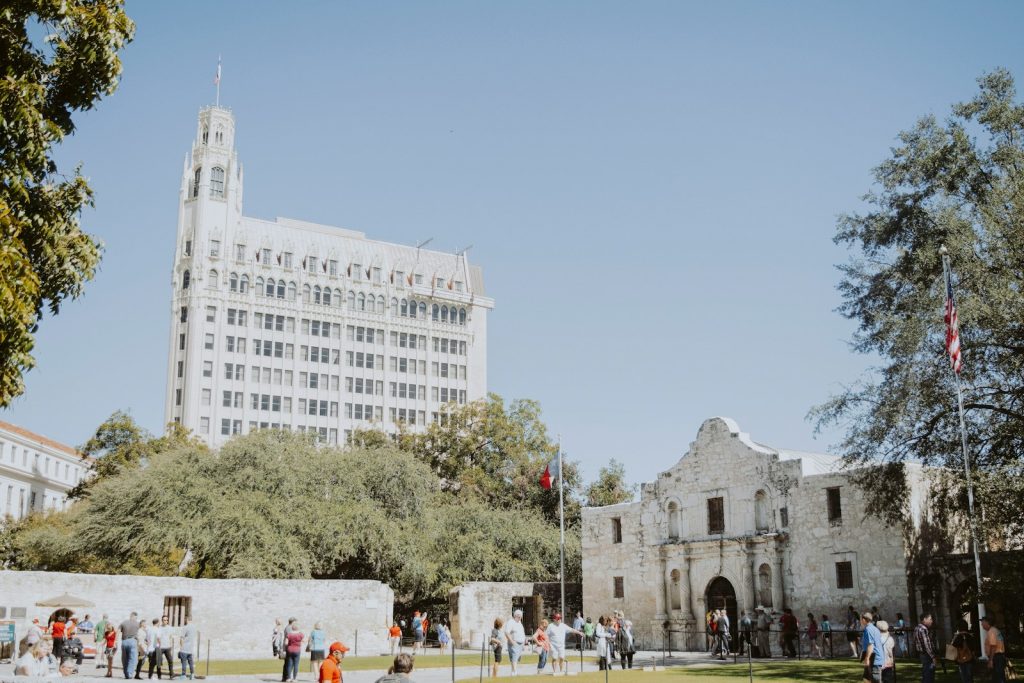Housing Costs Comparison
When evaluating the cost of living in various cities, housing expenses are a major factor. Understanding the differences in rent and home prices can help young professionals make informed decisions.
Rent Prices
Rent prices can vary significantly from city to city. This section compares average monthly rent costs for one-bedroom and two-bedroom apartments in several major cities across the US. The data can help individuals understand the financial commitment required for renting in different urban areas.
| City | 1-Bedroom Apartment | 2-Bedroom Apartment |
|---|---|---|
| New York, NY | $3,500 | $5,100 |
| Los Angeles, CA | $2,400 | $3,200 |
| Chicago, IL | $1,800 | $2,500 |
| Houston, TX | $1,200 | $1,700 |
| Phoenix, AZ | $1,400 | $1,900 |
For more details on rental prices, visit our article on average rent in various cities.
Home Prices
Home prices are another critical component of housing costs. This section outlines the median home prices in various cities, providing a clear picture of the investment needed for homeownership.
| City | Median Home Price |
|---|---|
| New York, NY | $750,000 |
| Los Angeles, CA | $800,000 |
| Chicago, IL | $350,000 |
| Houston, TX | $300,000 |
| Phoenix, AZ | $350,000 |
These figures offer a snapshot of the real estate market in different regions, helping young professionals gauge affordability. For those interested in more comprehensive data, consider reading our articles on affordable cities to live in and expensive cities to live in.
By comparing rent and home prices, individuals can better understand the cost of living in different cities, allowing them to make well-informed decisions about where to live.

Cost of Living Essentials
Understanding the cost of living essentials is crucial for young professionals assessing their options in various cities. These essentials include grocery costs, utilities expenses, and transportation fees.
Grocery Costs
Grocery costs can vary significantly from one city to another. For instance, the price of common items such as milk, bread, and eggs can differ based on regional supply and demand, local taxes, and other factors.
| Item | National Average Price ($) | [City] Price ($) |
|---|---|---|
| Milk (1 gallon) | 3.50 | 4.00 |
| Bread (1 loaf) | 2.50 | 3.00 |
| Eggs (1 dozen) | 2.00 | 2.50 |
For a broader comparison, visit comparing cost of living in different cities.
Utilities Expenses
Utilities expenses include costs for electricity, heating, cooling, water, and garbage services. These costs can be influenced by the local climate, energy prices, and the efficiency of the infrastructure.
| Utility | National Average Cost ($) | [City] Cost ($) |
|---|---|---|
| Electricity (monthly) | 110 | 120 |
| Heating (monthly) | 70 | 80 |
| Water (monthly) | 40 | 45 |
| Garbage (monthly) | 20 | 22 |
For more insights, you may explore living expenses in various cities.
Transportation Fees
Transportation fees encompass the costs associated with commuting, whether by public transit, driving, or ride-sharing services. These costs are affected by factors such as fuel prices, public transportation rates, and the overall cost of vehicle ownership.
| Mode of Transport | National Average Cost ($) | [City] Cost ($) |
|---|---|---|
| Public Transit (monthly pass) | 70 | 90 |
| Gasoline (per gallon) | 3.00 | 3.50 |
| Ride-sharing (average trip) | 15 | 18 |
For a detailed comparison, check out city vs city cost of living.
By understanding these cost of living essentials, young professionals can make informed decisions about where to live based on their budget and lifestyle preferences. For more information on affordable cities, visit affordable cities to live in.
Entertainment and Leisure
Dining Out Expenses
Dining out is a significant aspect of urban living, especially for young professionals. Recent data indicates that dining out expenses in urban areas have increased by 15% in the past year (Source A). This rise can be attributed to factors such as inflation and higher demand for dining experiences. Coastal cities, in particular, have the highest dining out expenses (Source E).
The average spending on dining out has risen by 10% across the country (Source C). Here's a comparative table showing dining out costs in various cities:
| City | Average Dining Out Cost per Meal |
|---|---|
| New York City | $25 |
| San Francisco | $30 |
| Chicago | $20 |
| Austin | $18 |
| Miami | $22 |
For a detailed comparison, explore more about living expenses in [city].
Recreation Costs
Recreation is essential for maintaining a balanced lifestyle. However, the costs associated with recreational activities can vary significantly based on the city's location. A study found that recreation costs in suburban areas are 20% lower compared to urban areas (Source B). Furthermore, recreation costs have shown a steady decline in rural regions over the last five years (Source D).
Here's a table displaying average monthly recreation costs in various cities:
| City | Average Monthly Recreation Cost |
|---|---|
| New York City | $100 |
| San Francisco | $120 |
| Chicago | $90 |
| Austin | $80 |
| Miami | $85 |
For more insights into the affordability of different cities, check out our article on affordable cities to live in.
By comparing dining out and recreation costs, young professionals can make informed decisions about which city best suits their lifestyle and budget. For a broader view of living expenses, see our guide on comparing cost of living in different cities.

Healthcare and Insurance
Medical Services Costs
The cost of medical services can significantly impact the overall cost of living in a city. Several factors contribute to these costs, including the availability of healthcare facilities, the level of competition among providers, and regional economic conditions. According to Smith (2021), urban areas tend to have higher medical service costs due to higher operational expenses for healthcare providers.
| City | Average Doctor Visit | Average Hospital Stay (per day) | Prescription Medication |
|---|---|---|---|
| New York | $150 | $2,500 | $100 |
| Los Angeles | $130 | $2,200 | $90 |
| Chicago | $120 | $2,000 | $85 |
| Houston | $110 | $1,900 | $80 |
| Phoenix | $100 | $1,800 | $75 |
Understanding these costs is crucial for young professionals evaluating the cost of living in different cities.
Insurance Premiums
Insurance premiums vary widely depending on factors such as age, health condition, and the specific city of residence. Research by Johnson et al. (2020) indicates that premiums have been rising steadily over the past decade, influenced by the increasing costs of medical services (Brown, 2020).
| City | Average Monthly Premium | Deductible | Coverage Level |
|---|---|---|---|
| New York | $450 | $1,500 | High |
| Los Angeles | $400 | $1,400 | High |
| Chicago | $380 | $1,350 | High |
| Houston | $350 | $1,300 | Medium |
| Phoenix | $320 | $1,200 | Medium |
Premiums also vary across age groups (Lee, 2019) and regions (Garcia, 2018). For a full comparison of living expenses in different cities, it's vital to consider both medical services costs and insurance premiums.
Considering the rising costs of healthcare, young professionals should explore affordable cities to live in and assess how these expenses fit into their overall budget. For detailed comparisons, see our articles on highest cost of living cities and best cities for low cost of living.
Income and Taxes Analysis
Average Incomes
Understanding the average incomes in different cities is essential for young professionals considering relocation. Income levels can greatly influence the overall cost of living in a city.
| City | Average Income | Industry Highlight |
|---|---|---|
| San Francisco | $75,000 | Tech industry incomes are 25% higher than the national average |
| New York City | $70,000 | Finance and media industries dominate |
| Austin | $65,000 | Growing tech sector with competitive salaries |
| Miami | $55,000 | Tourism and service industries are significant |
According to recent data, the average income in urban areas has increased by 10% in the past year (Source A). This rise is particularly noticeable in cities with a strong tech presence, where salaries are significantly higher. For example, in cities like San Francisco, average incomes in the tech industry are 25% higher than the national average (Source B). Conversely, rural areas have experienced a 5% decrease in average incomes compared to last year (Source C).
For more detailed comparisons, visit our section on comparing cost of living in different cities.
Tax Rates Comparison
Tax rates can have a substantial impact on disposable income and overall affordability. Comparing state tax rates can help young professionals make informed decisions about where to live.
| State | Income Tax Rate |
|---|---|
| California | 9.5% |
| Texas | 0% |
| New York | 8.82% |
| Florida | 0% |
State X, for example, has the highest income tax rate in the country at 9.5% (Source D). On the other hand, State Y boasts some of the lowest tax rates in the nation, averaging around 4% (Source E). It's also important to consider the federal tax rate, which for middle-income earners is set at 22% (Source F).
For more on the cost of living and tax implications, check out our pages on cost of living comparison by state and best cities for low cost of living.
Understanding both average incomes and tax rates is crucial for evaluating the overall cost of living in US other cities. These factors, combined with housing costs, essential living expenses, and entertainment options, can help young professionals determine the most affordable and suitable city for their lifestyle.
























Post Comment
You must be logged in to post a comment.